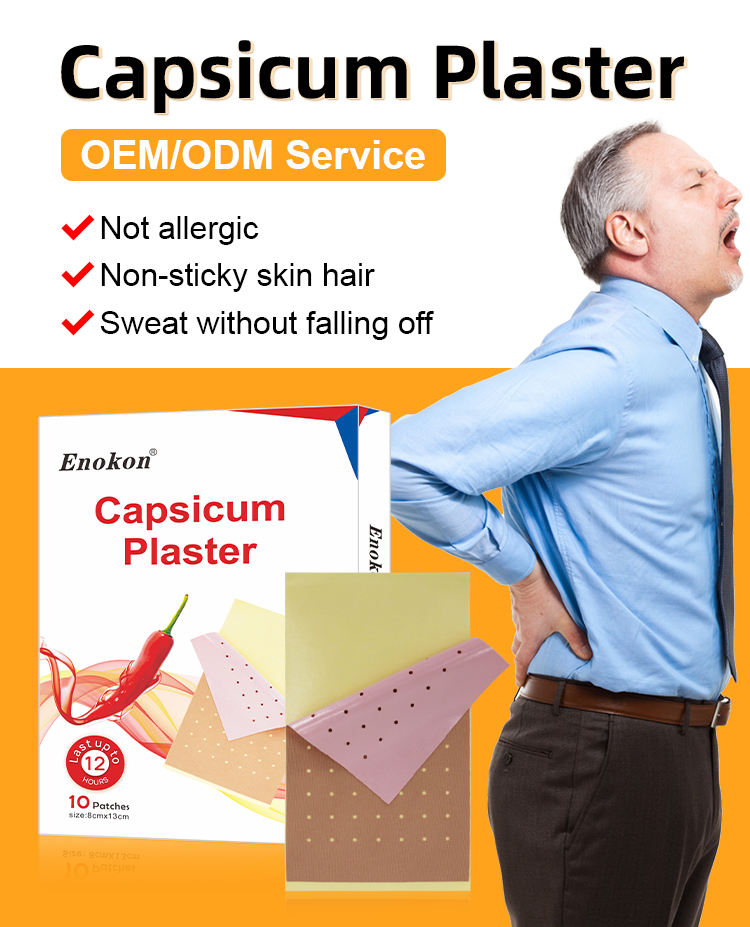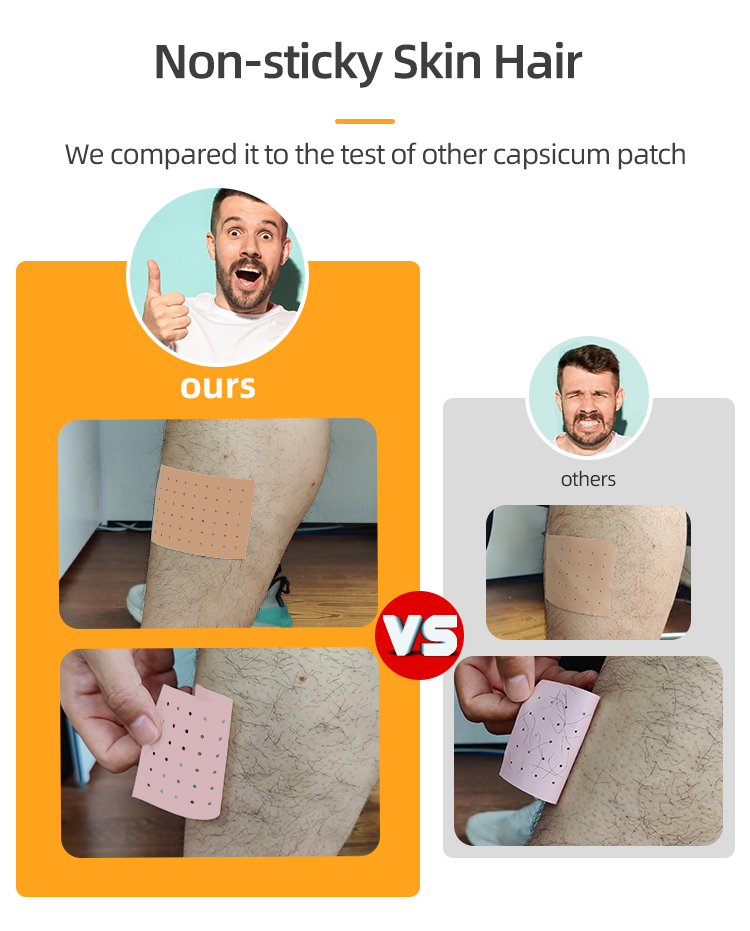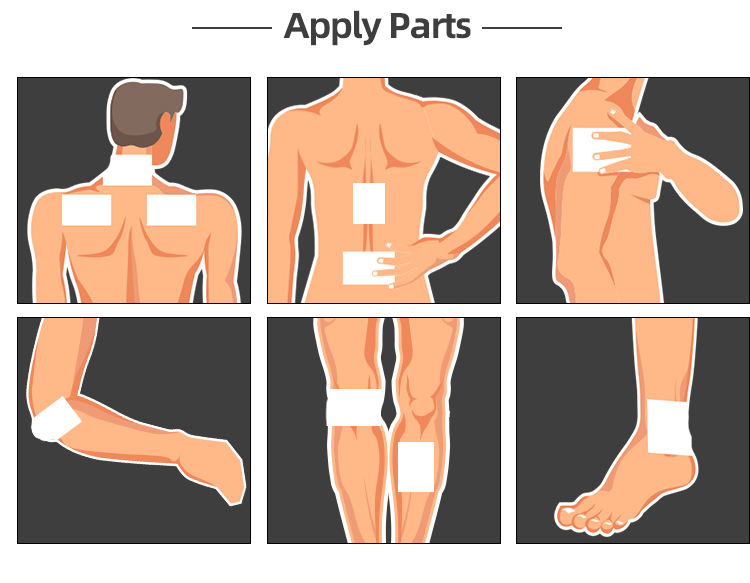Capsicum Plaster for Pain Management: An Effective Natural Remedy
Introduction
Pain, whether acute or chronic, significantly impacts quality of life. While pharmaceutical analgesics like NSAIDs and opioids are commonly used, they often come with side effects such as gastrointestinal issues or dependency risks. As an alternative, natural remedies like Capsicum plaster (also known as capsicum patch or capsaicin patch) have gained attention for their efficacy in pain relief. Derived from chili peppers, capsicum plaster leverages the therapeutic properties of capsaicin, the active compound responsible for its pain-relieving effects. This article explores the mechanism, benefits, and applications of capsicum plaster in pain management.
Clinical Applications
1. Osteoarthritis and Joint Pain
Capsicum plaster is widely used for osteoarthritis (OA), particularly in the knees, hands, and back. Studies have shown that topical capsaicin reduces joint pain and stiffness by decreasing inflammation and blocking pain signals. A systematic review in The BMJ (2019) confirmed that capsaicin patches provide moderate pain relief for OA patients with minimal systemic side effects.
2. Muscle and Back Pain
For muscle strains, sprains, or chronic back pain, capsicum plaster acts as a counterirritant, diverting pain perception through localized heat and tingling sensations. Athletes and individuals with myofascial pain often benefit from its use.
Conclusion
Capsicum plaster offers a natural, effective, and non-addictive solution for various pain conditions. Its mechanism of action—targeting pain receptors without systemic side effects—makes it a valuable option in pain management. While initial discomfort may occur, the long-term analgesic benefits justify its use. Further research may expand its applications, solidifying its role in integrative medicine.
For individuals seeking alternatives to traditional painkillers, capsicum plaster stands out as a promising, evidence-based choice.



